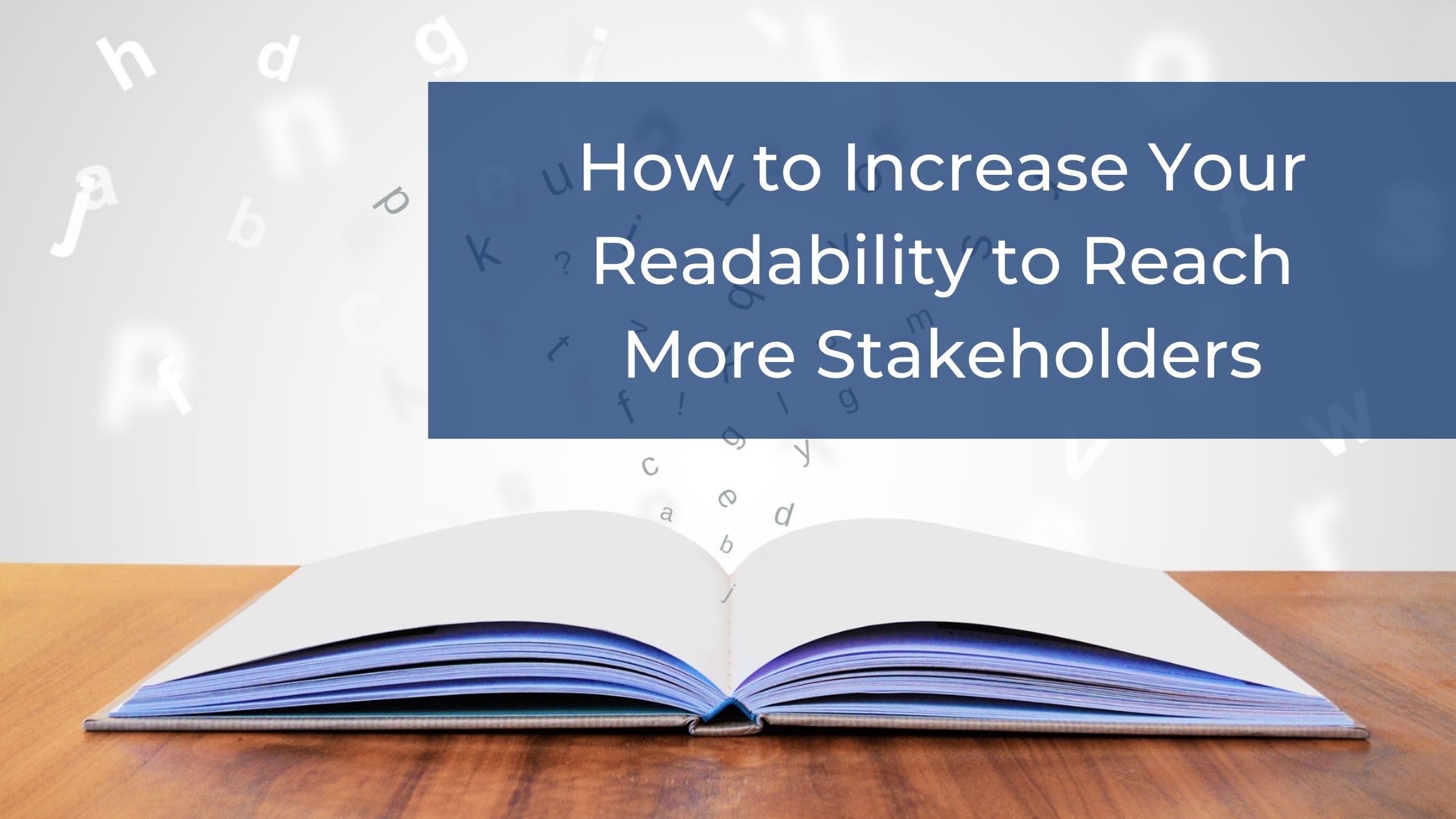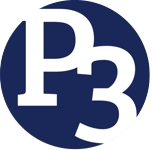
13 Jul How to Increase Your Readability to Reach More Stakeholders
Having easy-to-understand project materials is one of the most important parts of reaching and engaging your project’s stakeholders. It’s also something that often gets left undone.
Taking the time to make your materials readable (and therefore more accessible) helps stakeholders understand your message and get involved.
Here are some tried-and-true tips for making your materials easier to read:
1. Avoid Passive Voice
Passive voice occurs when the action of a sentence becomes the focus, rather than the person or thing performing the action. We see this often in technical texts where sometimes the action is more important than the subject receiving it. However, many times, it’s not necessary and can make your text harder to read.
Example of passive voice: The meeting and comment summary will be developed after the workshop.
How to fix it: The project team will develop the meeting and comment summary after the workshop.
2. Get to the Point
It is a fundamental truth known to all: People. Do. Not. Read. (For Long.)
When paragraphs are long, eyes start to glaze over and skim for the highlights. Take the time to evaluate what is necessary and what is fluff. Once you find it, take out the fluff and focus on the information that matters most to your stakeholders.
3. Reduce Long Sentences
The longer the sentence, the harder it is to read. Break up long sentences to make your paragraph more readable.
Example of a long sentence: The purpose of this meeting is to give background information on the project, provide a status update, and gather input from the public on their preferences for the new roadway design and proposed sidewalks.
How to fix it: The meeting will provide project background information and a status update. We’ll also gather public input on roadway designs and proposed sidewalk preferences.
4. Use Headings and Bullet Points
When you have a lot of information you need to convey, see if you can break it up into different heading sections or bullet points. Headings and bullet points:
- Break up different ideas into easier chunks,
- Allow readers to capture the essential information quickly, and
- Leave white space on the page, making it easier to read.
5. Explain Jargon
Sometimes jargon becomes so ingrained, we don’t even realize the words we’re using are hard for others to understand! It’s important to take the time to review materials for jargon and use simpler terms when possible. When not possible, add in explanations or definitions of what the technical terms mean.
You should never assume that your reader has prior knowledge of the subject matter at hand. Imagine you are reading the materials with no experience in your field – what words or phrases would you need explanations of?
Example of jargon: The proposed cross section has trees planted in the verge.
How to fix it: The proposed street design has trees planted in the space between the sidewalk and the road.
Increasing your project materials’ readability can often be a difficult task to undertake. But by taking the time to review and tailor your communications, you can:
- Increase the accessibility of your project and engage more people,
- Build trust because people can understand the intended plans and actions, and
- Get more people involved in the decision-making process, making the decision itself more likely to be accepted by the public.
Once your text is easy to understand, make sure to increase the accessibility of your visual designs as well. Considerations for readability and visual designs ensure accessibility for all to participate!
About the Author:
Deirdre Scanlon is the Communications Engagement Manager for Public Participation Partners. When not dreaming up new ways to equitably engage the public, you can find Deirdre tending to her houseplants or walking the trails of Raleigh, NC.


Sorry, the comment form is closed at this time.